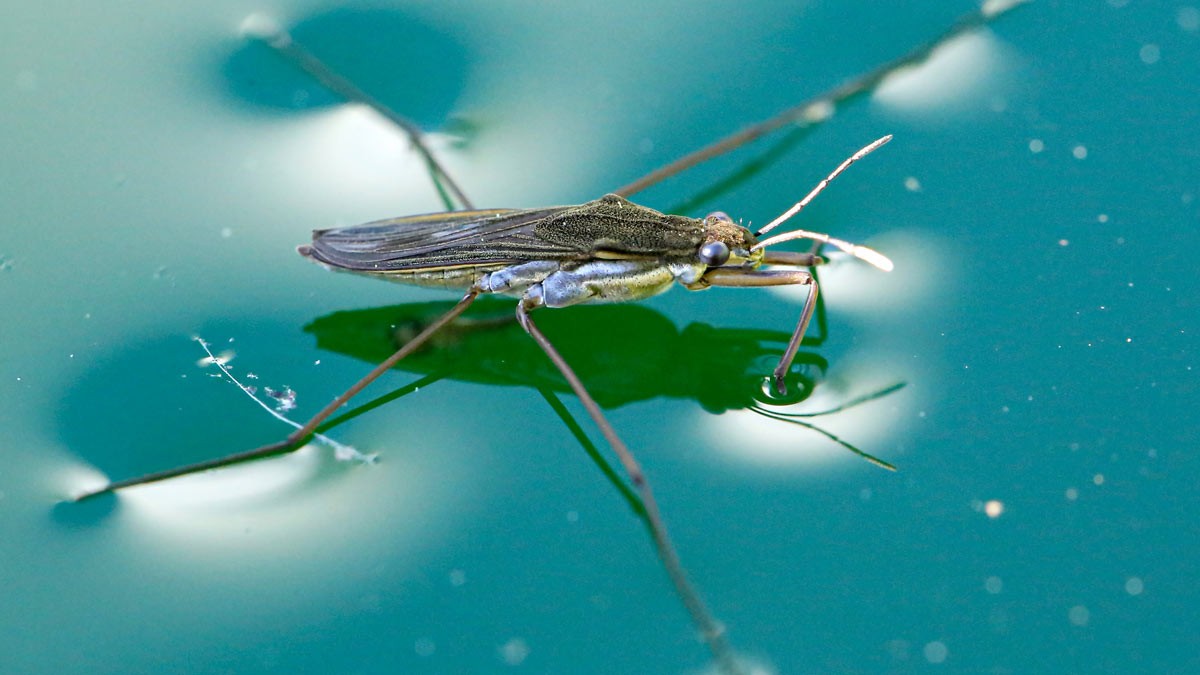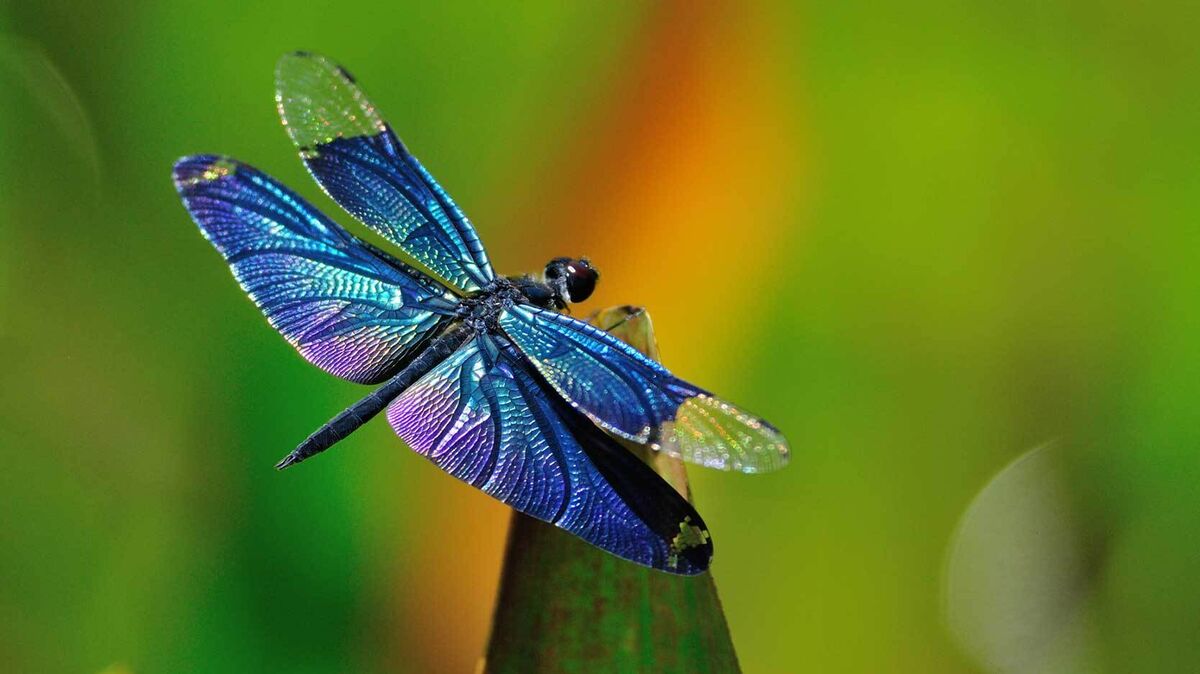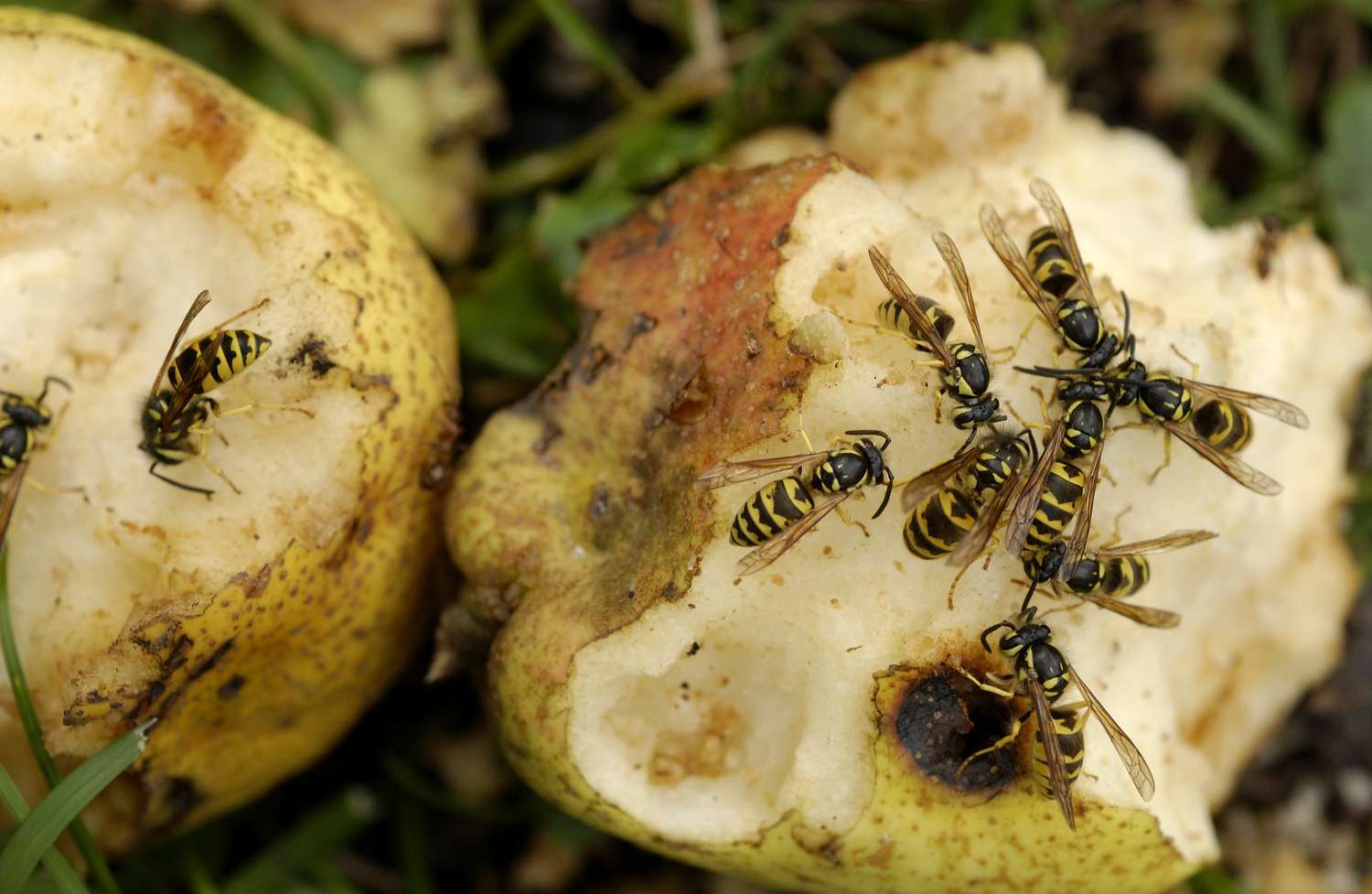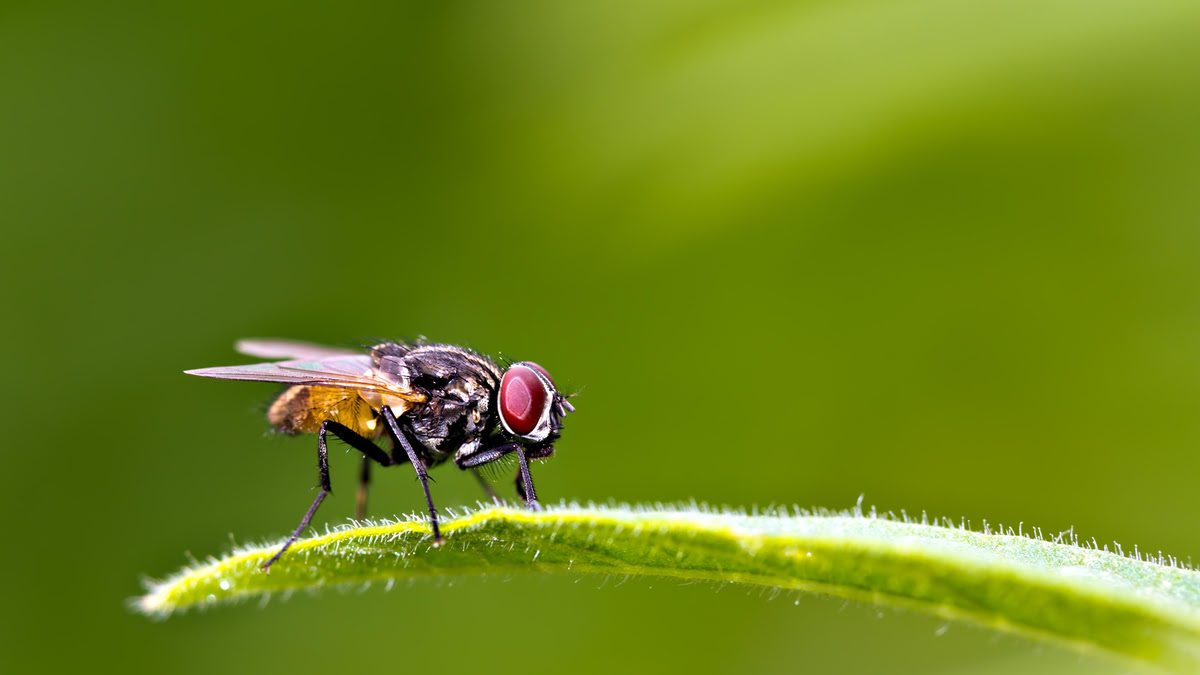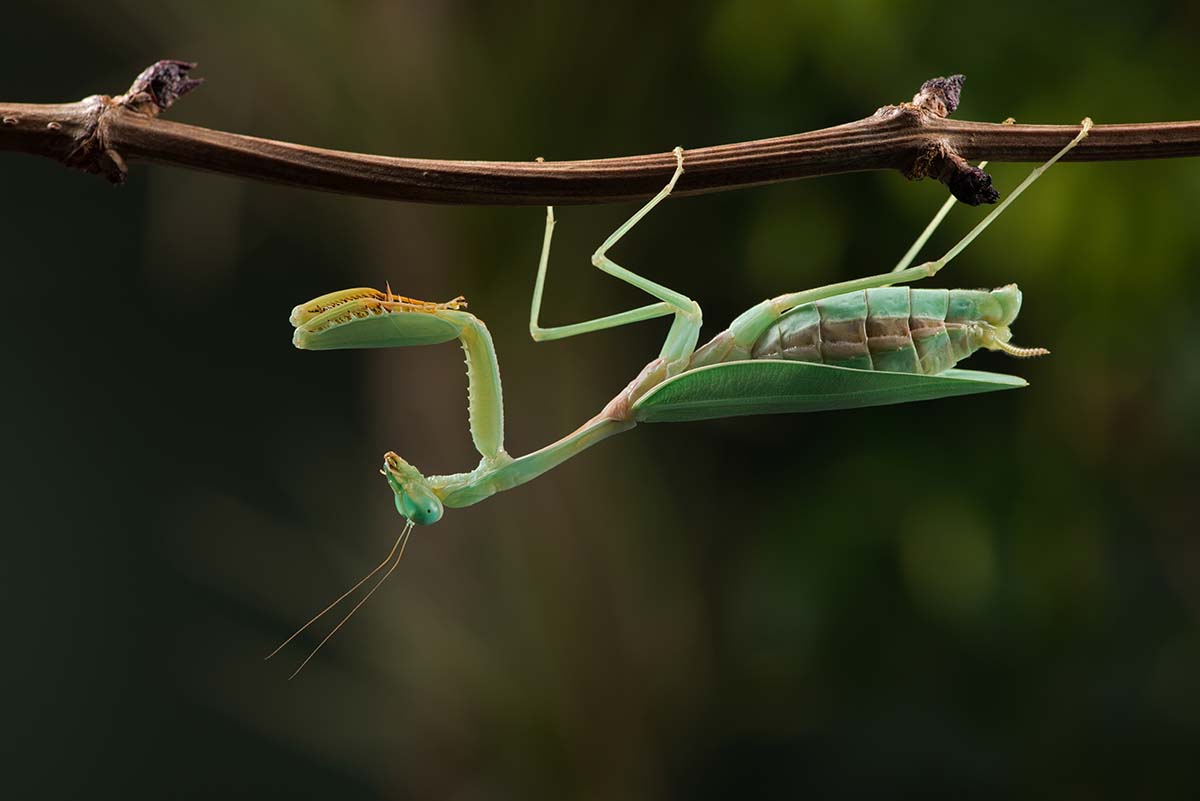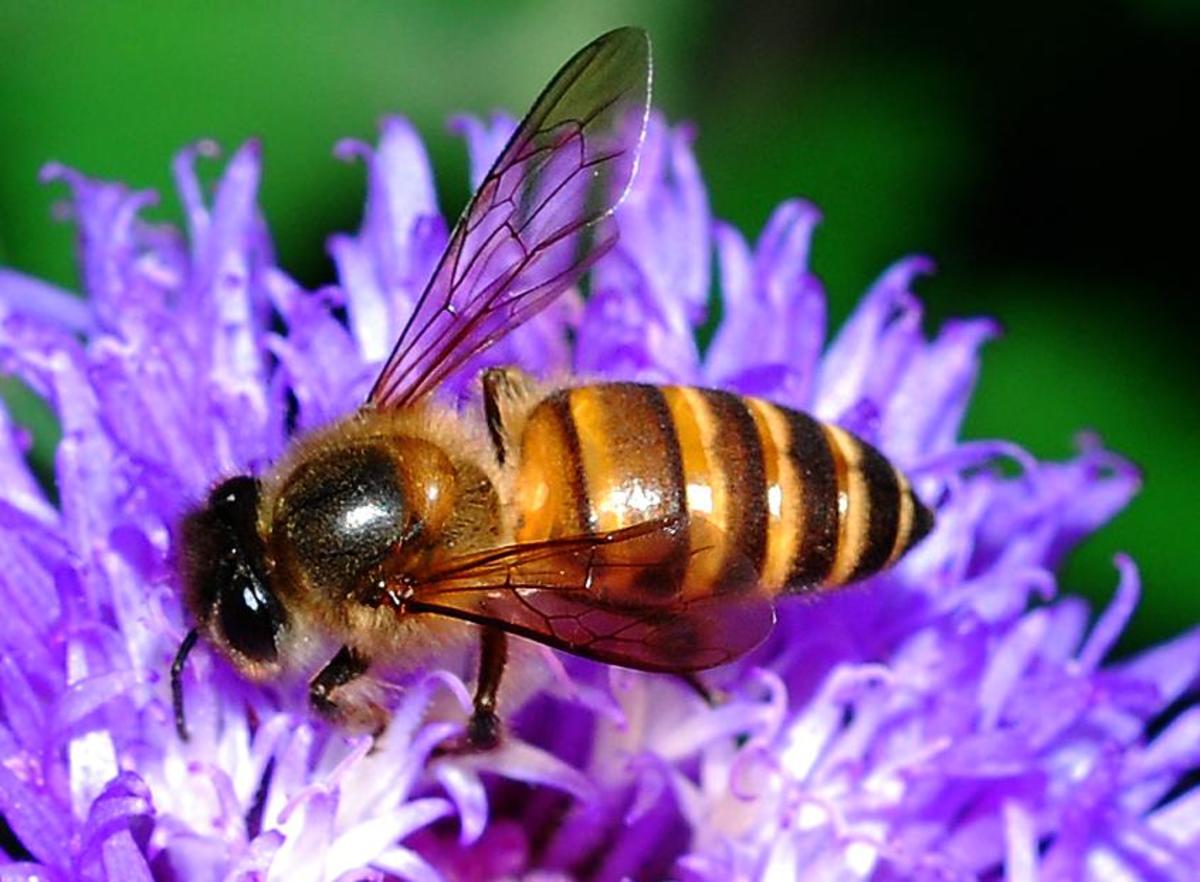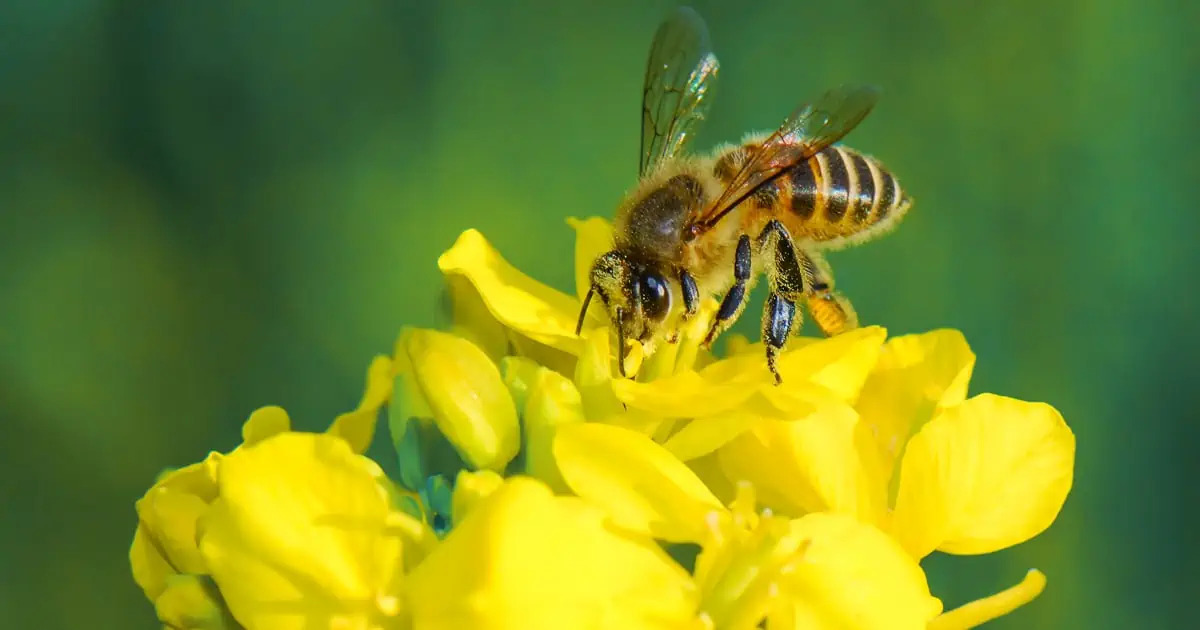Home>Gardening News and Trends>Latest News>How Do Insects Breathe
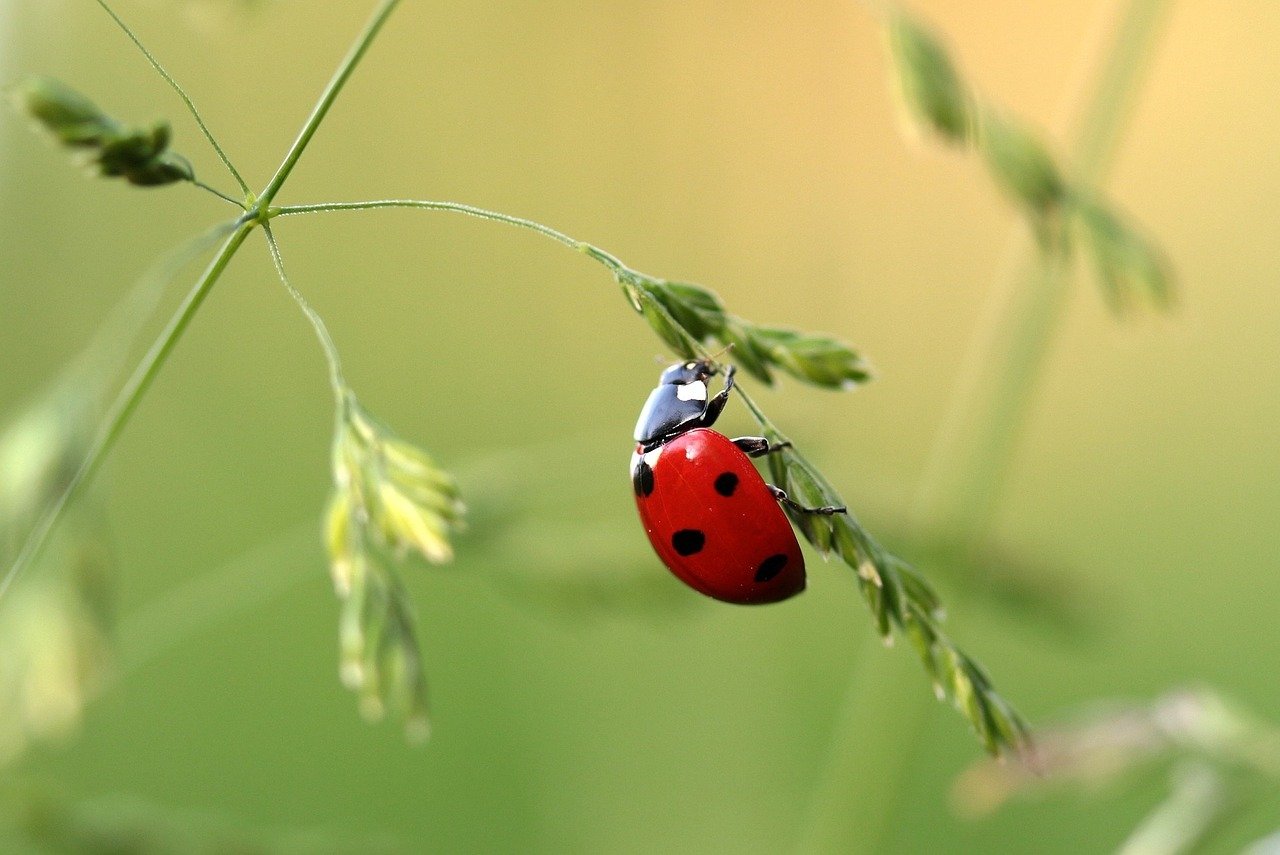

Latest News
How Do Insects Breathe
Modified: January 22, 2024
Discover the latest news on how insects breathe, including their unique respiratory systems and adaptations. Stay informed with the most up-to-date research in insect respiration.
(Many of the links in this article redirect to a specific reviewed product. Your purchase of these products through affiliate links helps to generate commission for Chicagolandgardening.com, at no extra cost. Learn more)
Table of Contents
Introduction
Insects, with their incredible diversity and abundance, have long fascinated scientists and nature enthusiasts alike. These tiny creatures inhabit every corner of the Earth and play crucial roles in ecosystems as pollinators, decomposers, and even as a source of food for other animals. One aspect of insect physiology that has intrigued researchers for centuries is their unique method of respiration.
Unlike mammals and other vertebrates, insects do not have lungs to take in oxygen and expel carbon dioxide. Instead, they rely on a complex and efficient system known as the tracheal system. This system of tiny tubes transports gases directly to their cells, allowing for rapid gas exchange and enabling insects to thrive in diverse habitats.
In this article, we will explore the fascinating world of insect respiration. We will delve into the basic anatomy of insects and the structure of their tracheal system. We will also uncover the process of gas exchange in insects and understand the importance of spiracles in their respiration. Additionally, we will discuss the adaptations that insects have evolved to enhance their respiratory efficiency and the environmental factors that can impact their breathing.
By gaining a deeper understanding of how insects breathe, we can appreciate the remarkable intricacies of their physiology and the ingenuity of nature’s design. So, let’s dive into the world of insect respiration and uncover the mysteries of how these tiny creatures sustain themselves through the breath of life.
Basic Anatomy of Insects
In order to comprehend the unique respiratory system of insects, it is essential to have a basic understanding of their anatomy. Insects are characterized by their segmented bodies, with three distinct regions: the head, thorax, and abdomen.
The head contains the sensory organs, including the compound eyes, antennae, and mouthparts. The thorax is responsible for locomotion, with three pairs of jointed legs and, in most insects, one or two pairs of wings. The abdomen houses vital organs such as the digestive system, reproductive organs, and, crucially, the respiratory system.
One of the key structures involved in insect respiration is the tracheal system. The tracheal system consists of a network of tubes called tracheae that extend throughout the insect’s body. These tracheae branch into smaller tubes called tracheoles, which reach individual cells.
The tracheal system acts as a highly efficient respiratory system, providing a direct pathway for gases to reach the cells rapidly. It allows insects to exchange gases with the environment without the need for a specialized respiratory organ like lungs.
In addition to the tracheal system, insects also have a circulatory system that plays a secondary role in gas exchange. The circulatory system, commonly referred to as the hemolymph or insect blood, transports nutrients, wastes, and hormones throughout the insect’s body. However, it does not play a primary role in gas exchange compared to the tracheal system.
The basic anatomy of insects provides a foundation for understanding the intricacies of their respiratory system. The next section will explore the tracheal system in more detail and shed light on how insects efficiently exchange gases with their environment.
Tracheal System of Insects
The tracheal system is a remarkable adaptation of insects that allows them to efficiently exchange gases with their environment. This system consists of a network of tubes called tracheae, which branch out and reach every cell in an insect’s body.
The tracheae are composed of a flexible and waterproof protein called chitin, which provides structural support and prevents collapse under pressure. These tubes are lined with a thin layer of cuticle, which helps to minimize water loss and maintain the integrity of the system.
The tracheal system begins with a series of openings called spiracles, which are strategically located on the outer surface of an insect’s body. Spiracles serve as the entrance and exit points for gases, allowing the exchange of oxygen and carbon dioxide between the external environment and the tracheae.
Each spiracle is equipped with a valve-like structure that can be opened and closed to regulate the flow of gases. This enables insects to control their respiration and prevent excessive water loss, especially in dry or arid environments where water can be scarce.
Once inside the tracheae, gases diffuse through the thin walls of the tubes and enter smaller, branching tubes called tracheoles. These tracheoles extend even further, reaching individual cells where oxygen is delivered, and carbon dioxide is removed.
The tracheal system of insects is highly efficient, allowing for rapid exchange of gases. This direct delivery of oxygen eliminates the need for oxygen-carrying molecules like hemoglobin, as seen in vertebrates. As a result, insects can quickly respond to changes in oxygen levels and have high metabolic rates.
Overall, the tracheal system is a unique and ingenious adaptation of insects, enabling them to thrive in diverse habitats and occupy various ecological niches. The next section will delve further into the process of gas exchange in insects and shed light on the role of spiracles in their respiration.
Gas Exchange in Insects
Gas exchange is a vital process for all living organisms, including insects. Insects have evolved an efficient respiratory system to facilitate the exchange of gases, primarily oxygen and carbon dioxide, between their bodies and the surrounding environment.
The process of gas exchange in insects begins with the opening of spiracles. Spiracles are small pores located along the sides of an insect’s body. These openings allow gases to enter and exit the tracheal system, facilitating the exchange of oxygen and carbon dioxide.
Inside the tracheae, gases diffuse through the thin walls until they reach the tracheoles. These smaller tubes extend into every cell of the insect’s body, ensuring that oxygen is delivered right where it’s needed and carbon dioxide is efficiently removed.
Tissue cells in insects have a higher concentration of carbon dioxide compared to the outside environment because of metabolic activities. As a result, carbon dioxide diffuses out of the cells and into the tracheoles. Meanwhile, oxygen, which is higher in concentration outside the cells, diffuses into the tracheoles and reaches the cells where it is utilized for various physiological processes, including energy production.
This efficient gas exchange system allows insects to meet their metabolic demands and maintain a high level of activity. Unlike vertebrates, which rely on a circulatory system to transport gases, insects rely primarily on the tracheal system for respiration.
It is important to note that while the tracheal system is highly efficient, it does have its limitations. As insects increase in size, the distance between the spiracles and the cells also increases. This can result in diffusion limitations, making it harder for gases to reach all cells effectively.
To overcome this challenge, some larger insects have evolved specialized air sacs along with a pumping mechanism to enhance the movement of gases within the tracheal system. These adaptations ensure that even the deepest tissues receive an adequate supply of oxygen.
In the next section, we will focus on the role of spiracles and how they contribute to the process of breathing in insects.
Spiracles and Their Function
Spiracles are small openings located on the outer surface of an insect’s body, strategically positioned to allow for the exchange of gases with the tracheal system. These tiny pores play a crucial role in the respiration of insects.
The number and location of spiracles can vary among different insect species, but they are typically found along the segments of the thorax and abdomen. In some insects, a pair of spiracles is present on each segment, while in others, they may be clustered in specific regions.
The primary function of spiracles is to serve as the passageway for gases to enter and exit the tracheal system. When an insect requires oxygen for respiration, the spiracles open, allowing the intake of oxygen-rich air from the environment.
However, the opening of spiracles is not a continuous process. Insects have the ability to regulate the movement of gases by controlling the opening and closing of the spiracles. This is important to prevent excessive water loss, maintain appropriate gas concentrations, and regulate respiratory gas exchange based on metabolic needs.
In addition to regulating gas exchange, spiracles also play a role in moisture control. When spiracles open, they expose the tracheal system to the outside environment, potentially leading to water loss through evaporation. To minimize this, the spiracles are equipped with specialized structures that can help reduce water loss while still allowing for gas exchange.
Furthermore, some insects have modified spiracles that serve additional functions. For example, in aquatic insects, spiracles can act as snorkels, allowing them to obtain oxygen from the surface while the majority of their body remains submerged. In other cases, spiracles may be involved in sound production, scent release, or even as a defense mechanism by releasing irritating chemicals.
The size and structure of spiracles can vary depending on the insect’s lifestyle and habitat. For example, in aerial insects, the spiracles are often equipped with hairs or filters to prevent the entry of debris and pathogens. Insects living in arid environments may have smaller spiracles or specialized structures to minimize water loss.
Overall, spiracles are vital structures in the respiratory system of insects. They provide a means for gases to enter and exit the tracheal system while allowing insects to regulate gas exchange and moisture control. Understanding the function of spiracles is crucial for comprehending the intricate mechanisms behind insect respiration.
Process of Breathing in Insects
The process of breathing in insects involves a series of intricate steps that allow for efficient gas exchange within their tracheal systems. Let’s explore the process of breathing in insects in more detail.
When an insect requires oxygen for respiration, the spiracles open, allowing air to enter the tracheal system. The opening and closing of spiracles are controlled by specialized valves that prevent excessive water loss and regulate gas exchange.
As the spiracles open, fresh air containing a higher concentration of oxygen enters the tracheae. This air moves through the network of tracheae, facilitated by diffusion, until it reaches smaller tubes called tracheoles.
The tracheoles extend further, reaching individual cells throughout the insect’s body. Here, oxygen diffuses from the tracheoles into the cells where it is utilized for various metabolic processes. At the same time, carbon dioxide, a waste product of cell respiration, diffuses from the cells into the tracheoles.
As the oxygen is utilized and carbon dioxide accumulates within the cells, the concentration gradient changes. This prompts the movement of gases within the tracheal system, allowing for continuous gas exchange.
The movement of gases within the tracheal system is supported by oxygen diffusion gradients, but some insects have additional adaptations to enhance the process. For example, certain larger insects possess specialized air sacs that expand and contract, acting as pumps to facilitate the movement of gases.
In addition to the movement of gases, the tracheal system also relies on the rhythmic contractions of the insect’s body during locomotion to aid in the circulation of air. These contractions create internal pressure changes, helping to move air through the tracheae and tracheoles.
By employing these mechanisms, insects ensure a constant supply of oxygen to their cells and efficiently remove carbon dioxide. This allows them to sustain their high metabolic rates and engage in various activities, from flying to running, without relying on a circulatory system like vertebrates.
The process of breathing in insects is a testament to their remarkable adaptability and efficiency in utilizing their tracheal system. These tiny creatures have evolved sophisticated mechanisms to thrive in diverse environments, showcasing the ingenuity of nature’s design.
Adaptations for Efficient Respiration in Insects
Insects have evolved a range of adaptations to ensure efficient respiration and meet the diverse respiratory needs of their various lifestyles and habitats. These adaptations enhance the effectiveness of their tracheal system and enable them to thrive in different environments. Let’s explore some of these adaptations:
1. Spiracle Structure: The structure of spiracles varies among different insect species. Some insects have specialized hairs or filters around their spiracles to prevent the entry of debris and pathogens. This helps to maintain the integrity of the tracheal system and ensure smooth airflow.
2. Air Sacs and Pumping Mechanisms: Larger insects, such as grasshoppers and beetles, may possess specialized air sacs that expand and contract. These air sacs act as pumps, enhancing the movement of gases within the tracheal system. This adaptation allows for more efficient circulation of air, especially in insects with longer tracheal tubes.
3. Spiracle Control: Insects have the ability to regulate the opening and closing of spiracles. This control enables them to conserve water in arid environments and minimize water loss through evaporation. By selectively opening and closing different spiracles, insects can also modulate gas exchange based on metabolic demands.
4. Tracheal Compression: Some insects that undergo drastic changes in body shape, such as caterpillars and pupae, have the ability to compress their tracheal system. This compression helps to maintain the integrity of the tracheae during contraction and expansion, ensuring a steady flow of oxygen to meet their metabolic needs.
5. Respiratory Pigments: While insects primarily rely on the tracheal system for respiration, some species possess respiratory pigments that can enhance oxygen transport. For example, certain aquatic insects contain hemoglobin-like molecules in their hemolymph, similar to vertebrates. These pigments aid in oxygen transport in water where oxygen concentrations are lower.
6. The Use of Oxygen Stores: Insects can store oxygen within specialized structures, such as air-filled tracheal tubes or enlarged tracheal sacs. This stored oxygen can be utilized during periods of increased activity or when oxygen availability is limited, allowing insects to maintain their metabolic requirements for longer durations.
These adaptations highlight the incredible versatility and efficiency of insect respiration. They enable insects to thrive in a wide range of environments and engage in diverse ecological roles. By capitalizing on their unique respiratory adaptations, insects have become one of the most successful and abundant groups of organisms on the planet.
Environmental Factors Affecting Insect Respiration
Insect respiration is greatly influenced by various environmental factors. Fluctuations in these factors can have significant impacts on the efficiency and effectiveness of their respiratory processes. Let’s explore some of the key environmental factors affecting insect respiration:
1. Oxygen Availability: The availability of oxygen in the surrounding environment directly affects the rate of gas exchange in insects. In environments with low oxygen concentrations, such as high altitudes or water bodies, insects may encounter challenges in obtaining sufficient oxygen for their metabolic needs. To adapt, some insects have developed specialized structures or behaviors to maximize their access to oxygen-rich areas or utilize alternative respiratory surfaces.
2. Moisture Levels: Moisture is a critical factor for the functioning of the tracheal system. Insects are highly susceptible to desiccation, especially those living in dry or arid environments. Low humidity levels can increase water loss through the spiracles, leading to dehydration and impaired gas exchange. In response, insects may have specialized adaptations to minimize water loss, such as closing their spiracles or possessing waterproof cuticle on their tracheal system.
3. Temperature: Temperature influences insect metabolism and the efficiency of gas exchange. As the ambient temperature decreases, the metabolic rate of insects decreases as well, resulting in reduced oxygen consumption and carbon dioxide production. Conversely, higher temperatures can increase metabolic activity, requiring a greater supply of oxygen and enhanced respiratory rates. In response to temperature fluctuations, insects may adjust their behavior, such as changing their activity levels or seeking temperature-regulated microhabitats.
4. Pollution and Toxins: Insects are exposed to various pollutants and toxins in their environment. Air pollution, pesticides, heavy metals, and chemicals can interfere with insect respiration, impairing the functionality of their tracheal systems. These contaminants can clog the spiracles, disrupt gas exchange, or inhibit enzymes involved in the respiratory process. Insects living in polluted environments may experience reduced respiratory efficiency and increased susceptibility to respiratory-related diseases.
5. Altitude and Pressure: As insects ascend to higher altitudes, the atmospheric pressure decreases. This can impact gas exchange rates since lower pressure reduces the concentration gradient for oxygen diffusion. In response, some insects have adaptations to cope with lower oxygen availability, such as increasing tracheal tube dimensions, altering spiracle structure, or developing modified respiratory pigments to enhance oxygen uptake at high altitudes.
Understanding the effects of these environmental factors on insect respiration is crucial for appreciating the adaptability and resilience of these remarkable creatures. Insects have evolved diverse mechanisms to cope with changing environmental conditions, allowing them to inhabit a wide range of habitats and thrive in the face of various challenges.
Conclusion
The respiratory system of insects is a testament to the marvels of adaptation and efficiency in the natural world. Through their tracheal system, insects have evolved intricate structures and mechanisms to meet their respiratory needs and thrive in diverse environments.
We have explored the basic anatomy of insects, including their segmented bodies and the importance of the tracheal system. We have delved into the process of gas exchange, facilitated by spiracles and tracheae, which allows insects to efficiently exchange oxygen and carbon dioxide between their cells and the environment.
Additionally, we have discussed various adaptations that insects have developed over time to enhance their respiration. From specialized spiracles that regulate gas exchange and moisture control to pumping mechanisms and respiratory pigments, insects have honed their respiratory systems to suit their unique needs.
Furthermore, we have examined the influential role of environmental factors on insect respiration. Oxygen availability, moisture levels, temperature, pollution, and altitude all play crucial roles in shaping the respiratory capabilities of insects. These factors have shaped the evolution and distribution of insect species and continue to shape their behavior and ecological interactions.
In conclusion, the respiratory system of insects represents a remarkable feat of adaptation and efficiency. Their ability to thrive in diverse and challenging environments is a testament to the resilience and versatility of these incredible creatures. By understanding the intricacies of insect respiration, we gain a deeper appreciation for the wonders of the natural world and the extraordinary survival strategies that have enabled insects to conquer virtually every corner of the Earth.

